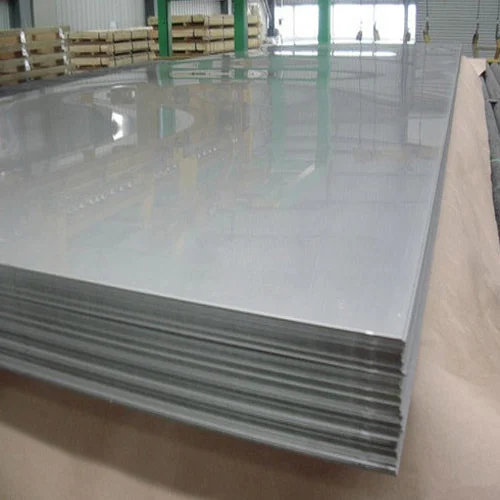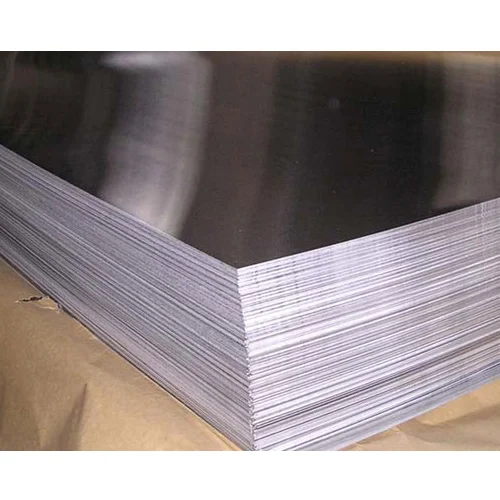Features of Nickel-Based Alloy Clad Plates
- Strong Corrosion Resistance: Nickel-based alloys are particularly resistant to corrosive media such as acids and alkalis, making them suitable for equipment manufacturing in the chemical industry.
- Good High-Temperature Resistance: It can still maintain high strength and oxidation resistance under high-temperature conditions, and is suitable for equipment working in high-temperature environments.
- High Mechanical Strength: Through the composite process, the nickel-based alloy composite plate not only retains the excellent properties of the nickel-based alloy but also enhances the overall strength and toughness by combining it with other materials.
- High Cost-Effectiveness: Compared with pure nickel-based alloys, composite plates reduce costs by reducing the use of nickel-based alloys without affecting their application effects.




